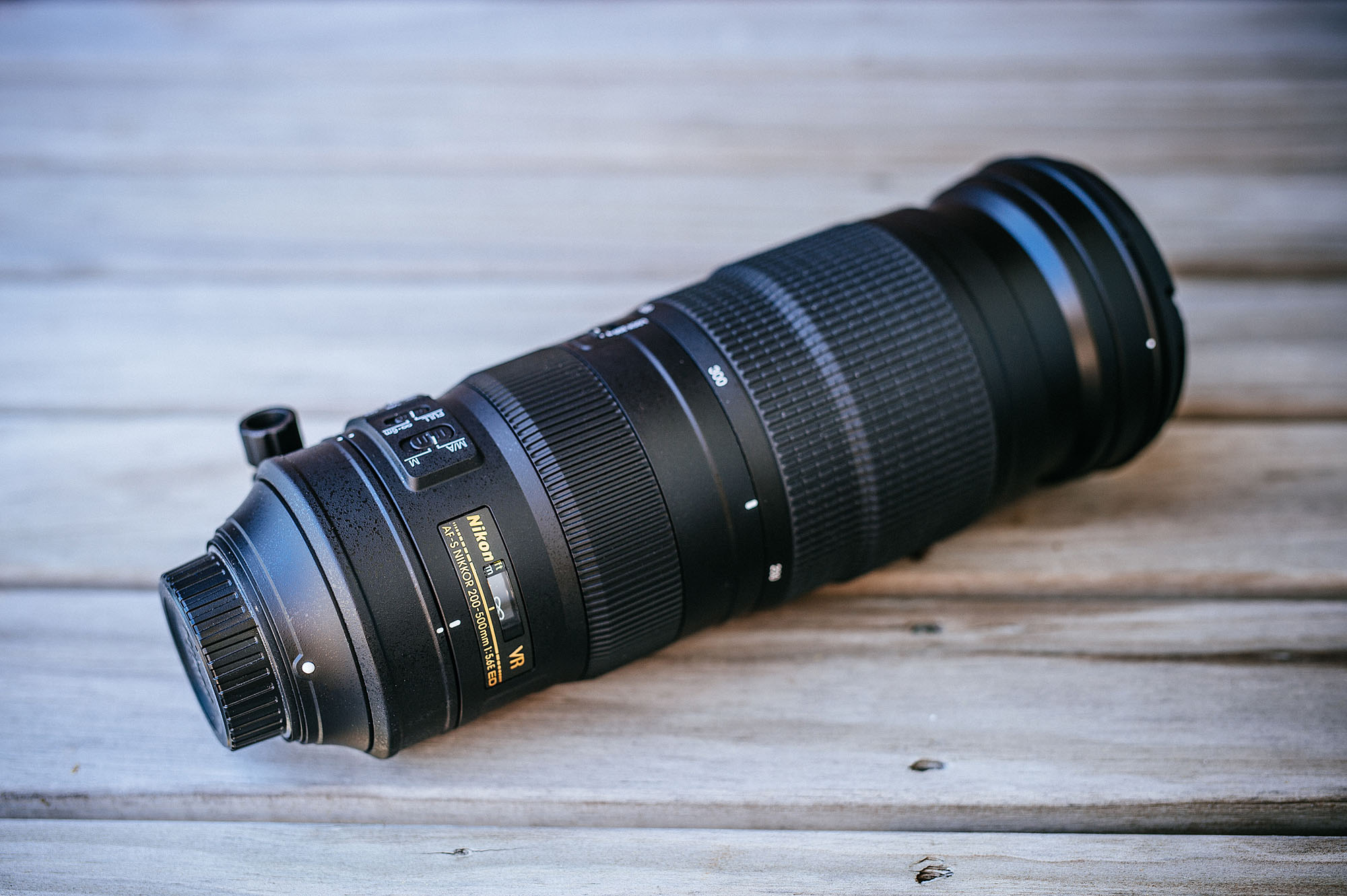Shooting birds or just any wildlife animals is lots of fun, I’m talking about shooting with your camera and your camera only of course. But you’ll need a good telephoto lens. For Nikon users, there are many good telephoto lenses you can get. The AFS 70-300mm f/4.5-5.6 ED VR is fairly decent and very affordable choice. But if you want longer reach, 400mm or maybe even longer, unfortunately you’ll be looking at some of the most expensive lenses in the Nikon catalogue that would cost you an arm and a leg.
But the good news is, Nikon has just released a new super telephoto zoom lens, Nikon AFS 200-500mm f/5.6E VR. And it comes with a very attractive price. How attractive? I’m talking about pretty much the same price as the Nikon 70-200mm f/4 VR. But with this new 200-500mm lens, you get more than double the focal length. It’s only 1 stop slower and it’s not lacking in features either. But how does this lens perform in real world? What are the good and bad things about this lens? Let’s find out.
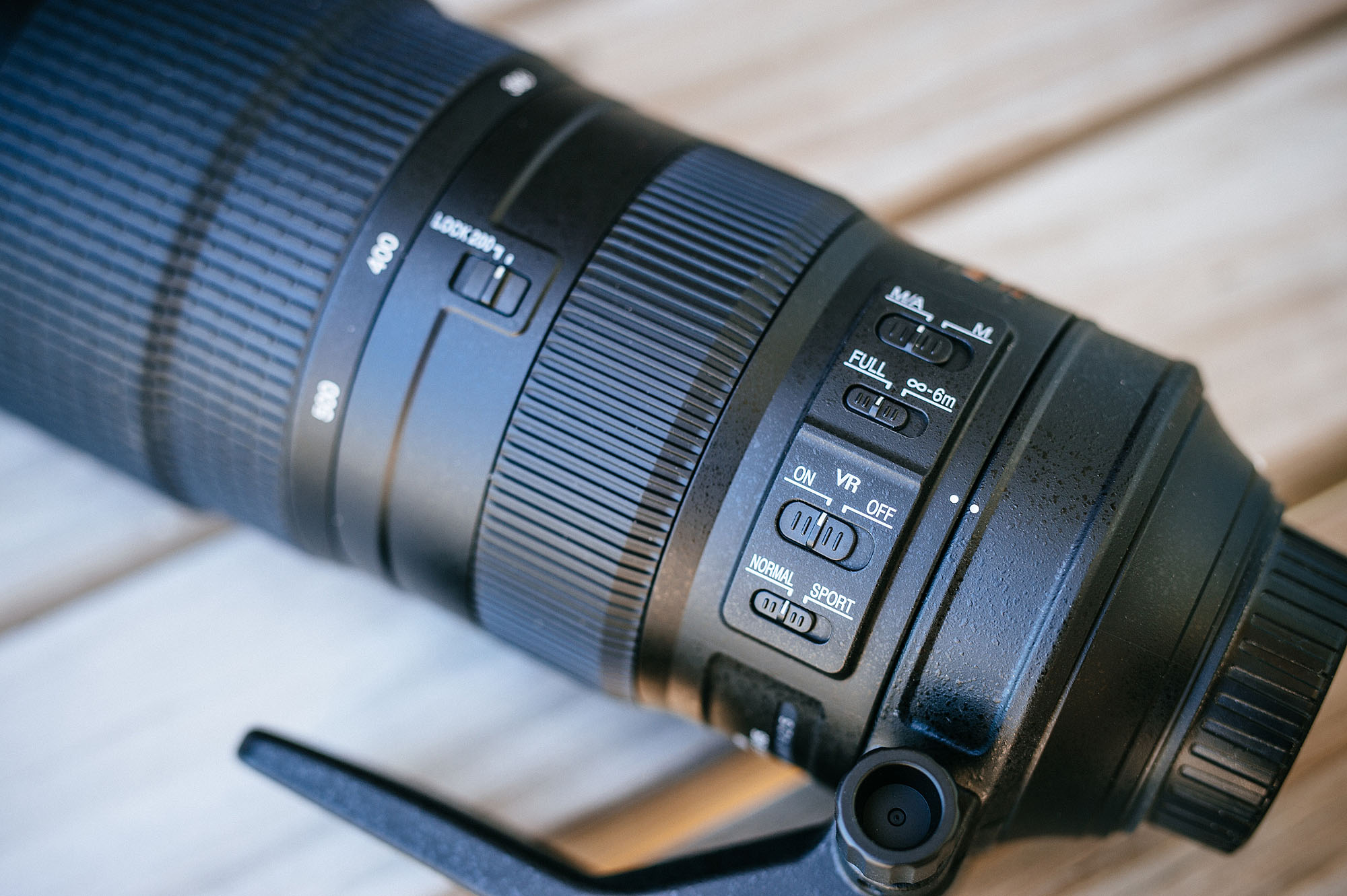 All the usual buttons are there
All the usual buttons are there
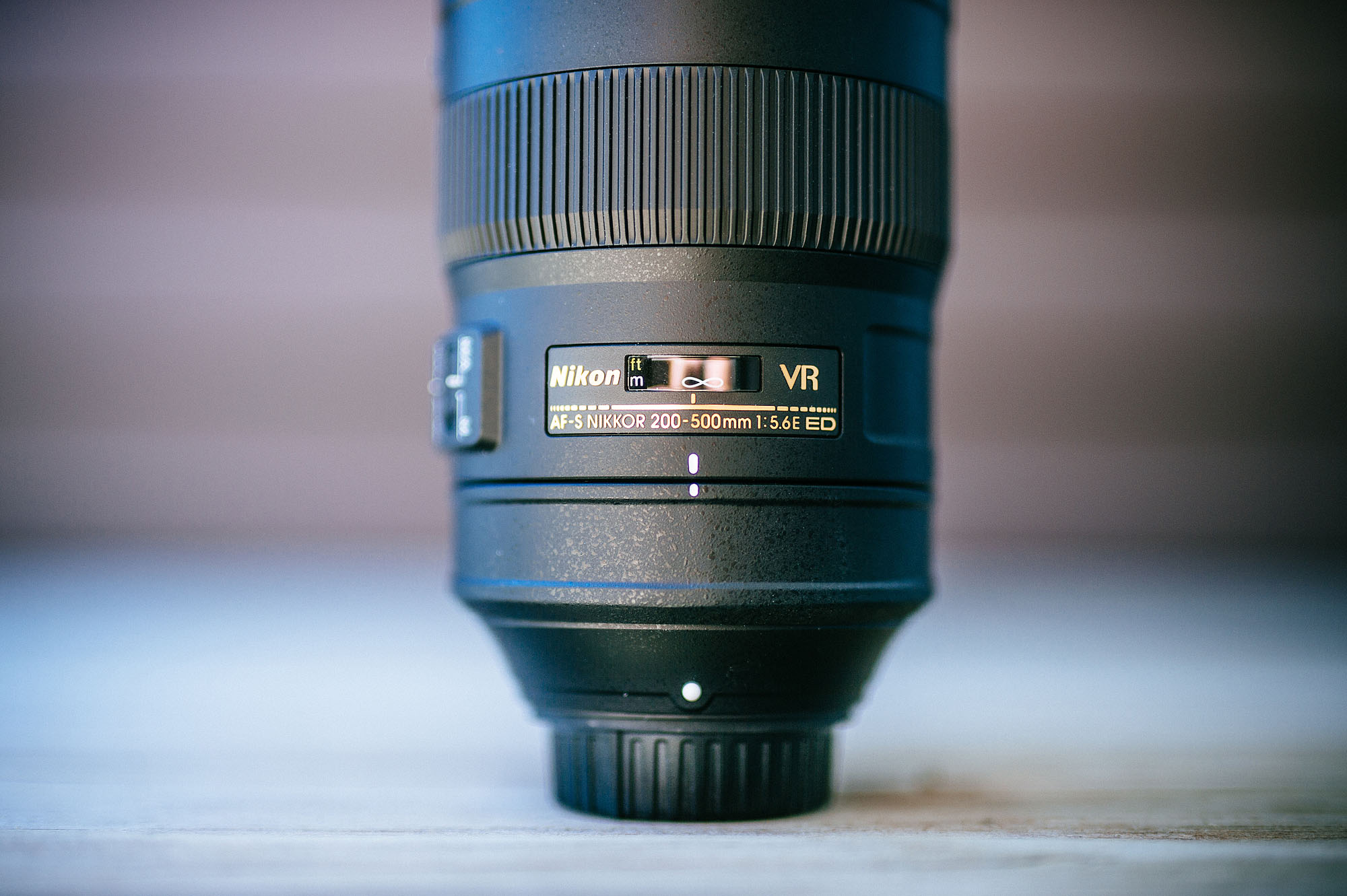 The only thing missing is the Nano coating
The only thing missing is the Nano coating
The Nikon AFS 200-500mm f/5.6E VR feels pretty well made. The lens weights 2300g so it’s a lot heavier than the average lens. But remember it is a 500mm lens so for a zoom lens that can reach up to 500mm lens (and with a f/5.6 constant aperture), 2.3kg is actually pretty light. I was shooting without any tripod/monopod when I was reviewing it and walking around everywhere. So yes, it’s heavy, but it is still handheldable. And you can save some money by cancelling your gym subscription if you take this out for a walk every evening. 😉
The lens comes with a detachable and rotatable tripod collar. The tripod collar has a pretty simple design, has only 1 tripod mounting hole but is really strong and rock solid. Just make sure your tripod is strong and sturdy as well and you should be able to take some nice and sharp photos.
But on the other hand, the tripod collar doesn’t feel quite as nice as the new Sigma 150-600mm Sports lens when you try to rotate it. I also found that when I’m hand-holding the camera, the tripod collar does get in my way a little bit no matter which direction I rotated it to. So if you are planning not to use a tripod, it might be a good idea to just remove the tripod collar and leave it at home. It also reduces the weight of the lens by 210g,
 The 210g detachable tripod collar
The 210g detachable tripod collar
The zoom ring travel is quite long, almost 180 degree travel from 200mm to 500mm. Combined with the fact that the zoom ring is a bit stiff (probably due to the large and heavy elements inside) and the lens’s large diameter, changing from the wide end to tele end (or vice versa) takes a bit of effort and time. And while there is a switch on the lens to lock the lens at 200mm, I have never experienced any zoom creep problems even without locking the lens.
If you shoot a lot of outdoor sports events, run or rain, or you are planning to wander into the nature with your camera, be aware that the 200-500mm f/5.6E VR doesn’t have the same level of full weather seals like the professional Nikkor lenses. So while use it under light rain shouldn’t cause any issues, be very careful if you want to shoot under heavy rain or in very dusty places.
To support f/5.6 at 500mm, the lens has a monster size 95mm front filter thread. It does seem to help with the image quality (more about that next), but it also means if you plan to use any filter, you have to buy those very expensive 95mm filter.
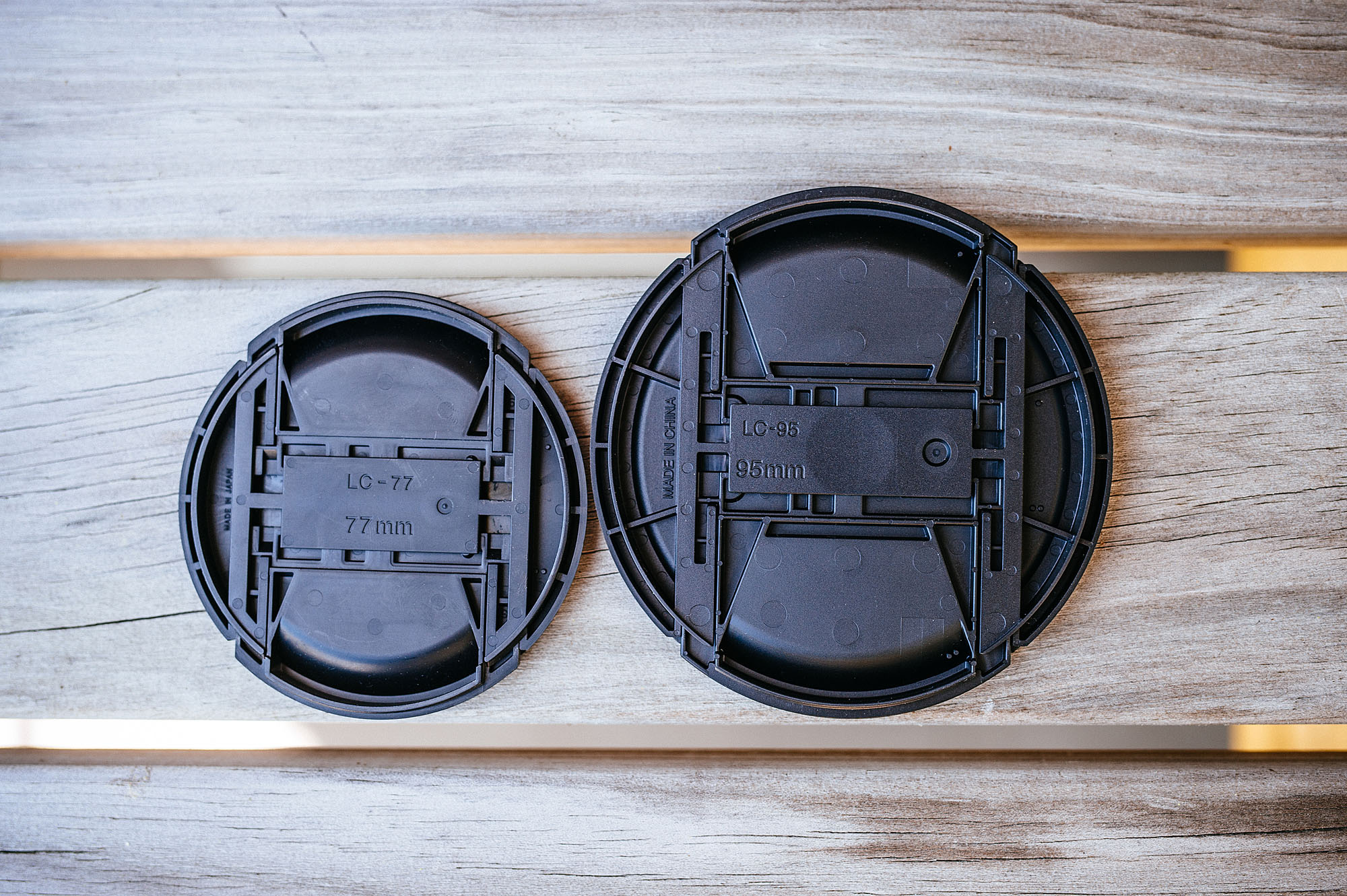 So you think your 77mm filters are big?
So you think your 77mm filters are big?
Nikon rated the VR as 4.5 stop effective. From my tests, at 500mm, when shooting at 1/15s, around 80-90% of photos I took are still sharp, this is roughly the same success rate I got when shooting at 1/500s with VR turned off. In other words, the VR system on the 200-500mm VR allows me to shoot at approximately 5 stop slower shutter speed. Even at 1/8s which is almost 6 stop slower, around 60% of photos are still quite sharp. Now that is REALLY impressive. Probably the best optical image stabiliser performance I’ve ever tested. Better than the other super telephoto lenses, even better than the Panasonic GX8’s dual IS system. Top mark in this area!
Autofocus operation is quiet and reasonably fast, especially if you turn on the focus distance limiter. Tracking fast moving objects with my D800 works pretty well and I got very good success rate. The main issue I have is largely because of the f/5.6 aperture. While autofocus works quite well on a bright sunny day, as soon as the sun go down the horizon, the autofocus starts to struggle and in the worst case fails to acquire the target. Unfortunately this is the price you have to pay when you can’t afford those expensive (and heavy) f/4 or f/2.8 prime lenses.
 Nikon D800 + Nikon AFS200-500mm f/5.6E VR @ 350mm – ISO 100 f/5.6 1/1000s
Nikon D800 + Nikon AFS200-500mm f/5.6E VR @ 350mm – ISO 100 f/5.6 1/1000s
On a bright day, the autofocus works flawlessly
When it comes to the image quality, the AFS 200-500mm f/5.6E VR doesn’t disappoint me at all.
In terms of sharpness, at f/5.6 it’s quite sharp already, especially near the centre. It can resolve a lot of fine details and good contrast. Edges are a little soft, and the softness is most noticeable near the 500mm end. Having said that, the overall sharpness is still quite good at maximum aperture. I wouldn’t hesitate to shoot in f/5.6 whole day if I don’t need extra DOF.
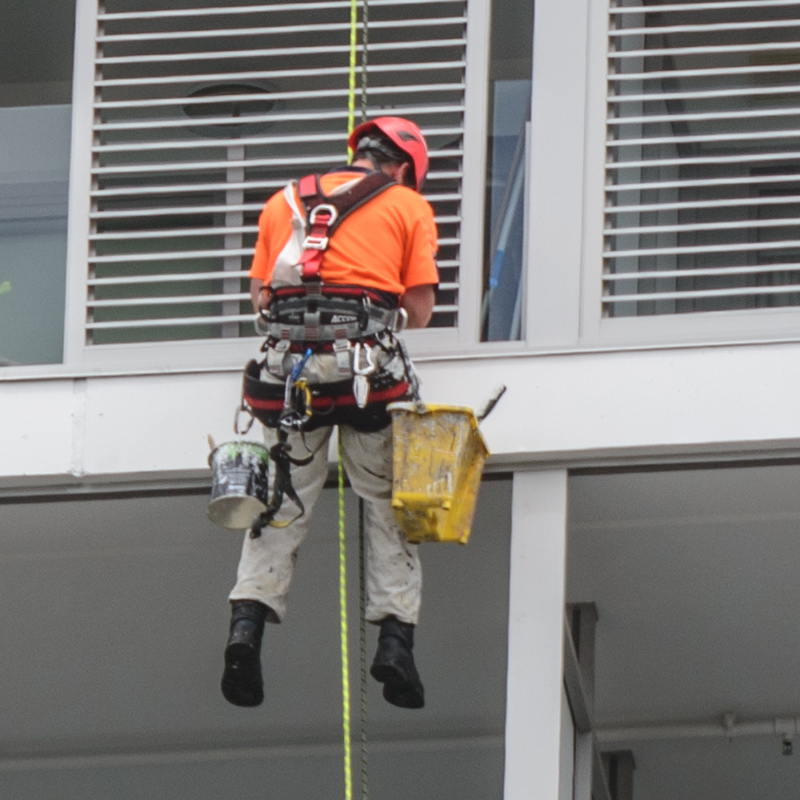 Slightly off centre f/5.6 100% crop from the image below (default sharpening)
Slightly off centre f/5.6 100% crop from the image below (default sharpening)
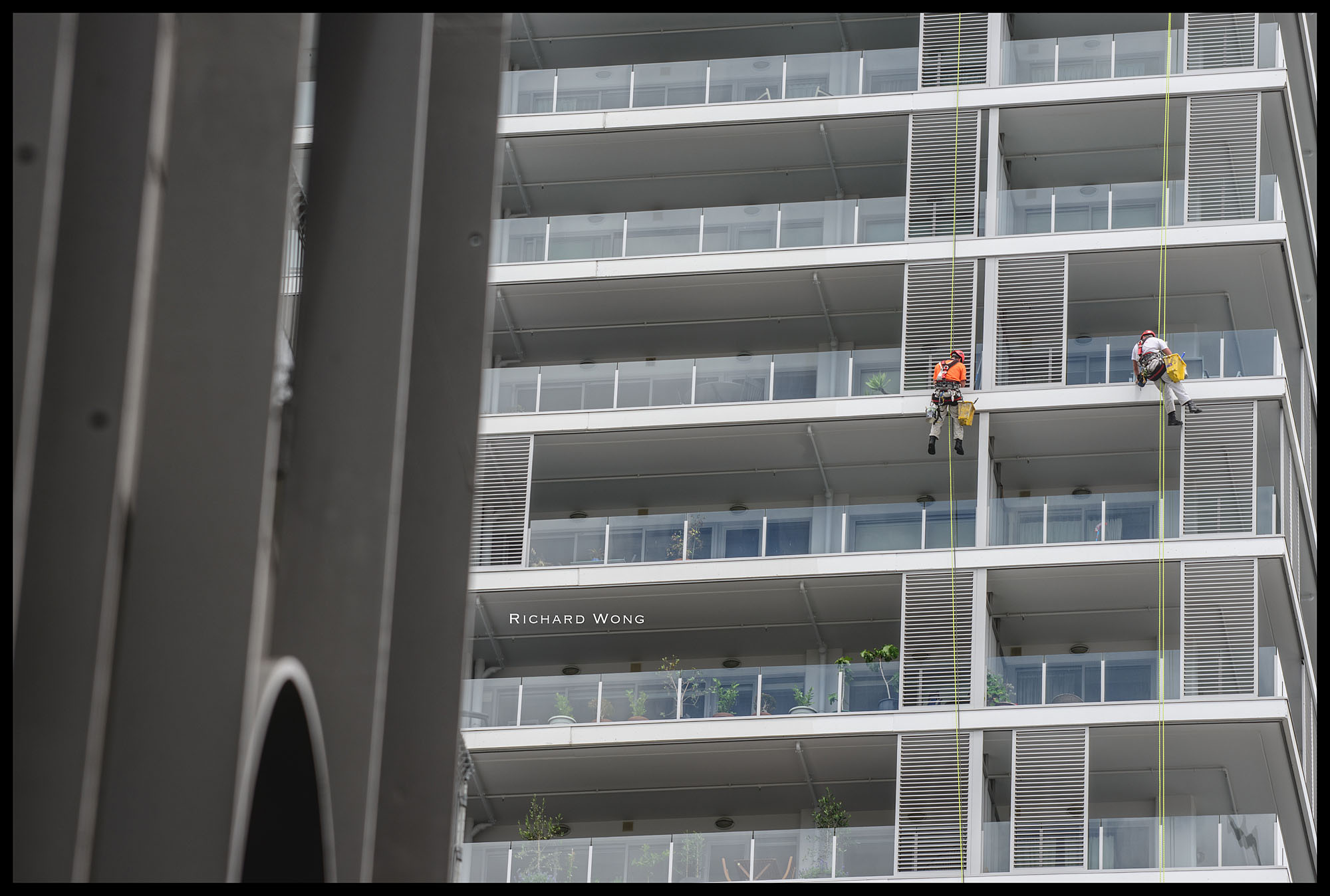 Nikon D800 + Nikon AFS200-500mm f/5.6E VR @ 200mm – ISO 110 f/5.6 1/200s
Nikon D800 + Nikon AFS200-500mm f/5.6E VR @ 200mm – ISO 110 f/5.6 1/200s
Probably to reduce the cost of the lens, or maybe it’s just a way for Nikon to differentiate it from the more expensive super telephoto lens, nano coating is missing from the Nikon AFS 200-500mm f/5.6E VR. What it means is, flare control is not as good as the best Nikon lenses. When you are shooting with a very strong backlight, you could see a bit of flare and contrast could drop a bit. But I’m talking about when there is a really really strong backlight that is visible inside the frame. The overall flare control is still very good and comparable to most mid range lenses.
Barrel distortion is minimal throughout the range, pretty much non-detectable in normal daily photos. Chromatic aberration is also very well controlled. Only in a small number of my photos I can see some colour fringing, but they are all quite minor.
 Nikon D800 + Nikon AFS200-500mm f/5.6E VR @ 200mm – ISO 140 f/5.6 1/200s
Nikon D800 + Nikon AFS200-500mm f/5.6E VR @ 200mm – ISO 140 f/5.6 1/200s
These are not barrel distortion
Vignetting is barely noticeable in all my photos. It is definitely better than all the other telephoto lens I’ve used recently. I can imagine this is because of the large front element and hence the huge 95mm filter thread.
Overall, while the lens isn’t really exactly as good or as sharp as the Nikon AFS 500mm f/4 VR, it has exceed my expectation in pretty much every single area. It can easily matches or in most cases exceed the other super telezoom available in the market.
Before the 200-500mm was released, the Nikon AFS 80-400mm f/4.5-5.6 VR was the only affordable zoom lens if you need 300mm+ reach. Comparing these two lenses, the biggest benefit of the 80-400mm is that it has a higher 5x zoom range and can go much wider down to 80mm focal length which makes it more versatile. And looking at the aperture numbers, the 80-400 also has the advantage of having a larger aperture at the wide end. But remember the AFS 80-400mm VR’s f/4.5 maximum aperture is only available at the wide end. The maximum aperture size reduces to f/5.3 at 200mm and it reaches the same f/5.6 aperture at around 250mm. So in reality the 200-500 f/5.6 VR is only marginally slower than the 80-400 f/4.5-5.6 VR. The other advantage that the Nikon AFS 80-400mm f/4.5-5.6 VR has is that it weights only 1570g, about ⅔ the weight of the 200-500mm f/5.6 and it’s also a bit smaller in size.
But then the 200-500mm gives you an additional 100mm zoom. Overall picture quality is just as good as the 80-400 but the price is pretty much half of the 80-400mm VR! Having spent quite a bit of time with both lenses and also shooting with both lenses side by side, I would highly recommend you the 200-500mm f/5.6 unless you really need the 80-200mm range. Even if you need the 80-200mm range, you can consider buying an AFS 200-500m f/5.6 and an AFS 70-200mm f/4 VR instead for very similar price.
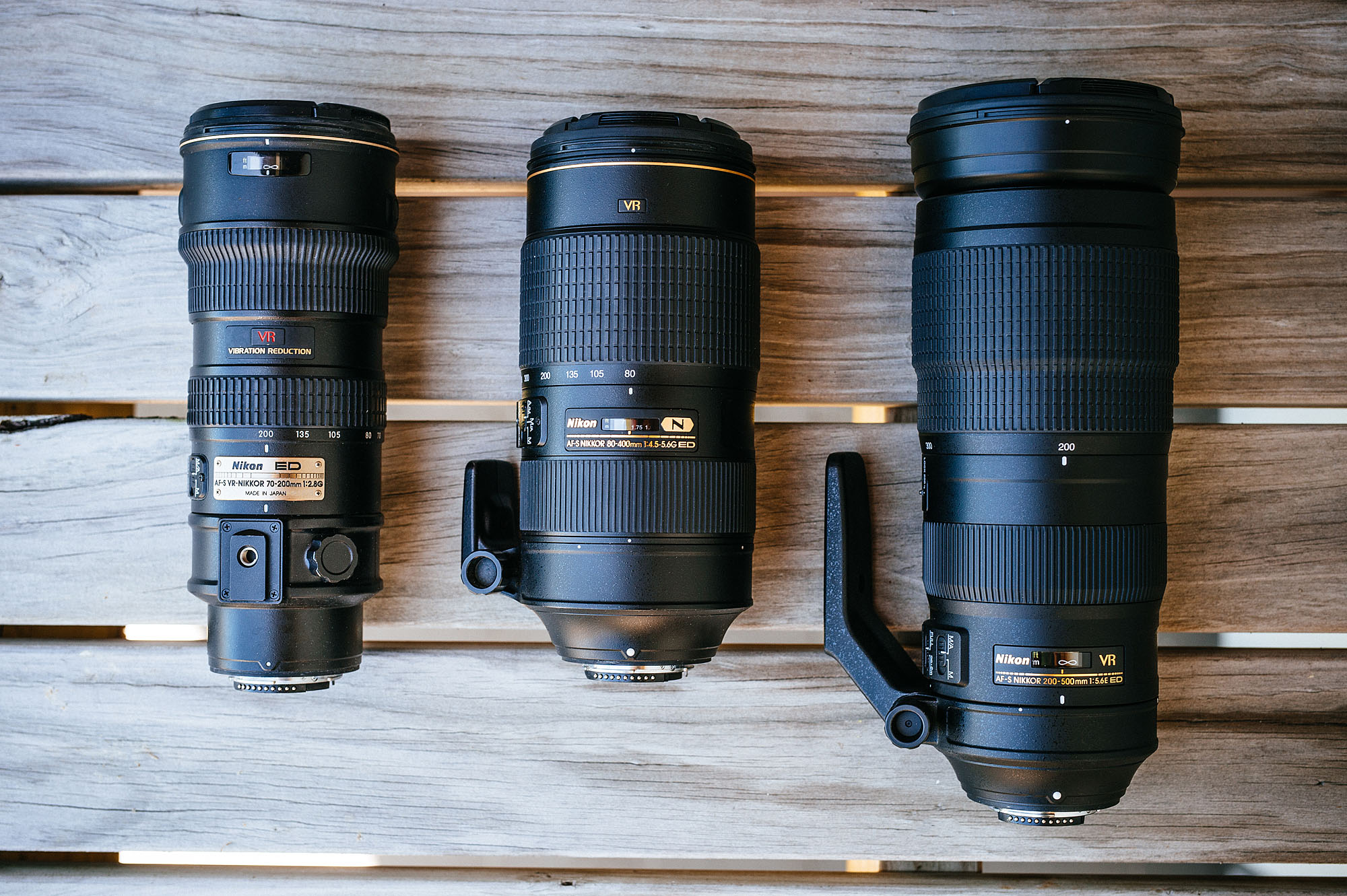 Size Comparison, from left to right:
Size Comparison, from left to right:
70-200mm f/2.8 VR I (tripod collar removed), 80-400mm VR, 200-500mm f/5.6 VR
Nikon shooters, you are so lucky that Nikon has created such a wonderful super tele lens. The optical quality is as good as the best super tele zoom lens available in the market. And while f5.6 isn’t really very fast, it’s not too bad consider it’s a 200-500mm lens and it is a constant aperture lens as well. And most importantly, at just a bit over NZD$2000, this is almost half the price of the Nikon AFS 80-400mm VR, it’s really a steal!
Back in the film SLR days, or even the early DSLR ages, we only had very limited useable ISO range and autofocus technology wasn’t as good as what we have today so it was really important for super telephoto lens to have large aperture like f/4 or faster. But with the crazy high ISO performance from the latest image sensor we have these days, and improvements in the camera’s low light autofocus performance and also the help of optical stabiliser, the importance of a fast super telephoto lens has decreased quite a lot. Of course a f/4 or f/2.8 telephoto lens would still be better, but the AF-S 200-500mm f/5.6E VR with a latest DSLR can easily give you nearly just as good performance under a lot of situation at a friction of price. Personally with the type of photos I shoot normally, I don’t have much use of a super telephoto lens. But one day if I decide to start shooting motorsport again, getting this lens is a no-brainer for me.
Highly recommneded!
Reviewer: Richard Wong
Richard is a multi-award winning wedding/portrait photographer based in Auckland, New Zealand. Richard’s website is www.photobyrichard.com and his facebook page is https://www.facebook.com/PhotoByRichard
Richard is also a contributing writer for a few photography magazines.
https://www.facebook.com/ReviewByRichard
Like my review? Follow me on facebook!
All photos and text Copyright© 2015 www.photobyrichard.com. All photos and text may not be copied or reproduced in any format without obtaining written permissions
Sample Photos
(RAW Convert to JPG, edited to taste in Adobe Lightroom, but with zero CA correction, distortion correction and vignetting correction)
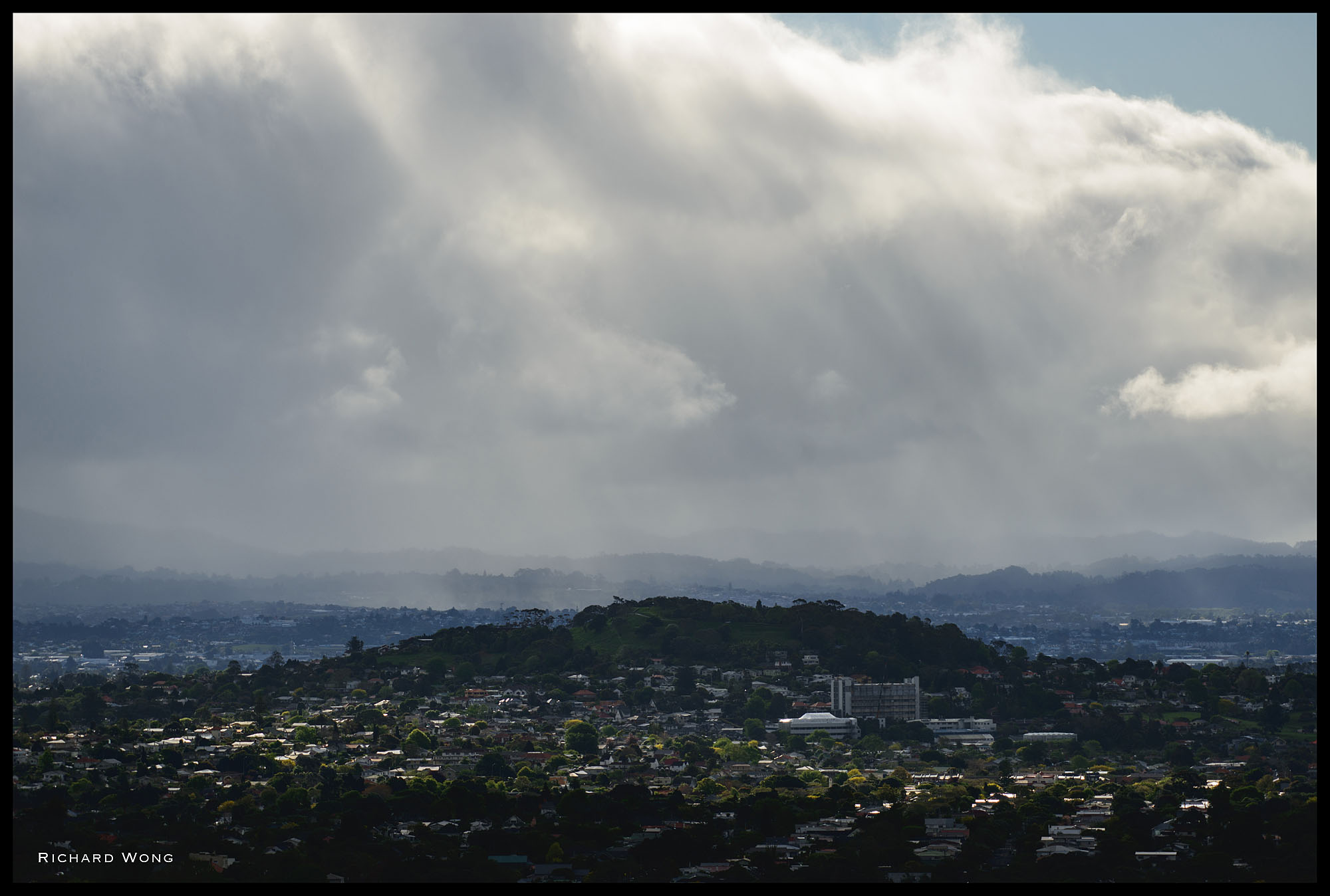 Nikon D800 + Nikon AFS200-500mm f/5.6E VR @ 200mm – ISO 100 f/5.6 1/800s
Nikon D800 + Nikon AFS200-500mm f/5.6E VR @ 200mm – ISO 100 f/5.6 1/800s
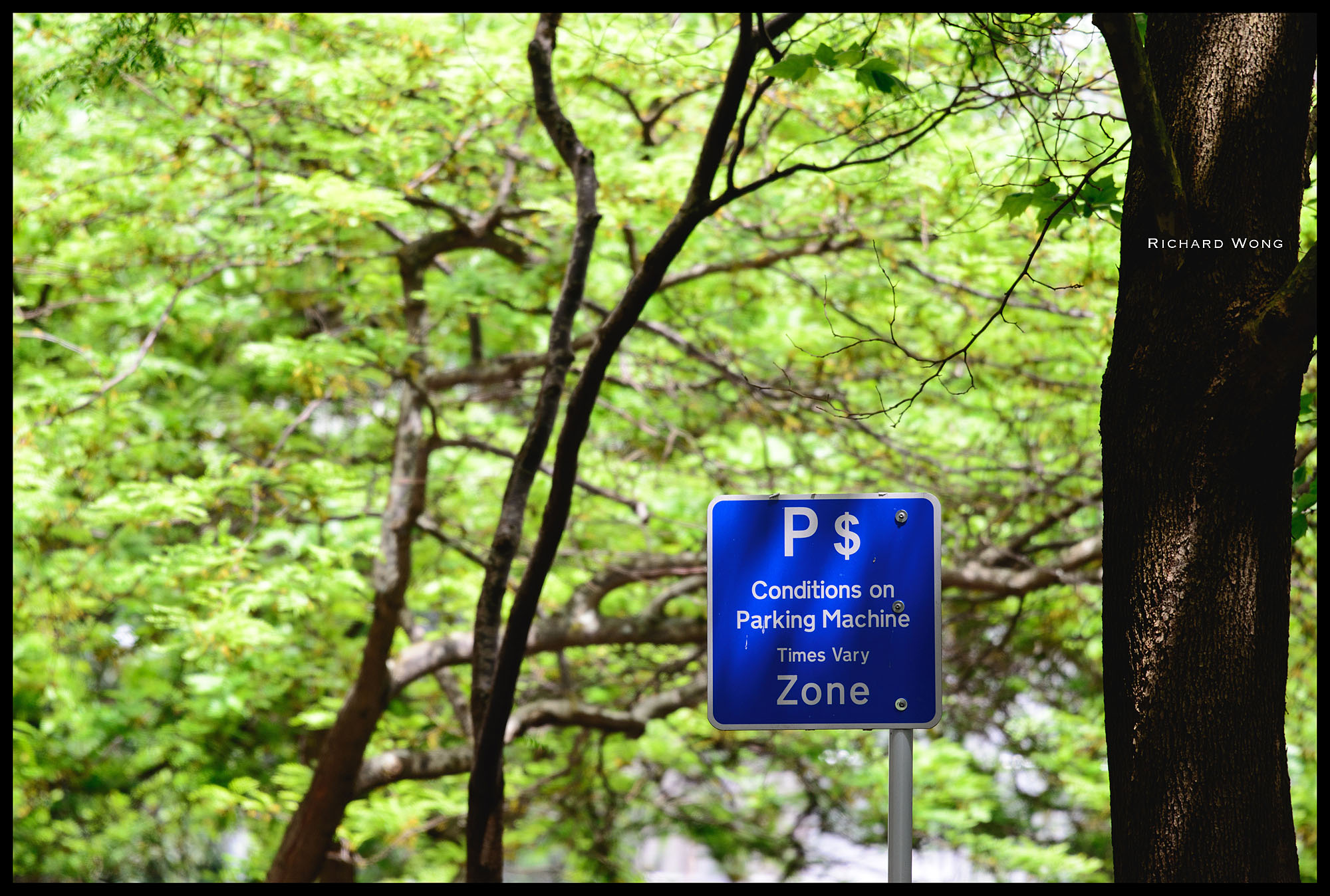 Nikon D800 + Nikon AFS200-500mm f/5.6E VR @ 350mm – ISO 400 f/5.6 1/400s
Nikon D800 + Nikon AFS200-500mm f/5.6E VR @ 350mm – ISO 400 f/5.6 1/400s
 Nikon D800 + Nikon AFS200-500mm f/5.6E VR @ 200mm – ISO 125 f/8 1/200s
Nikon D800 + Nikon AFS200-500mm f/5.6E VR @ 200mm – ISO 125 f/8 1/200s
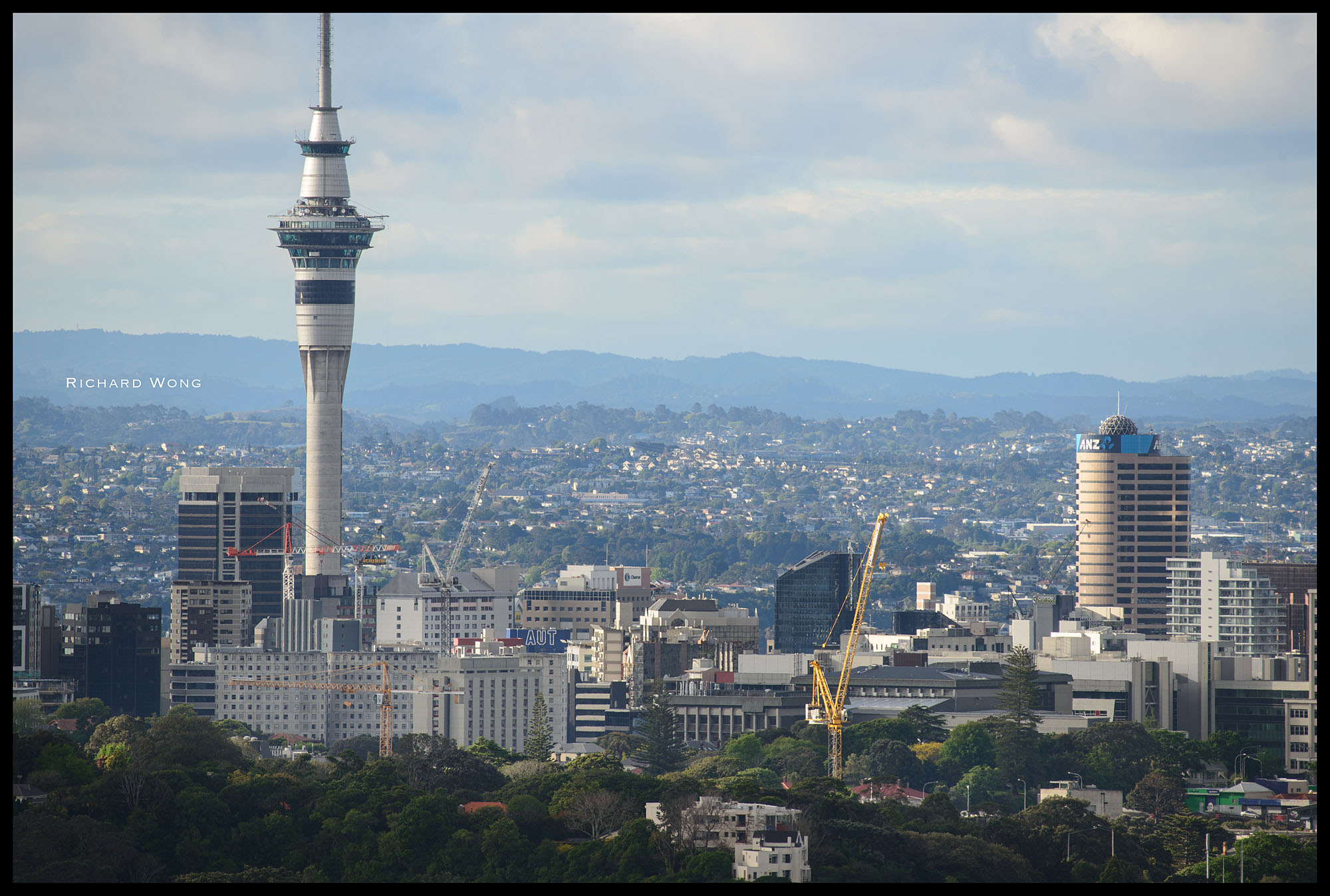 Nikon D800 + Nikon AFS200-500mm f/5.6E VR @ 500mm – ISO 125 f/8.0 1/250s
Nikon D800 + Nikon AFS200-500mm f/5.6E VR @ 500mm – ISO 125 f/8.0 1/250s
 Nikon D800 + Nikon AFS200-500mm f/5.6E VR @ 500mm – ISO 640 f/10.0 1/250s
Nikon D800 + Nikon AFS200-500mm f/5.6E VR @ 500mm – ISO 640 f/10.0 1/250s
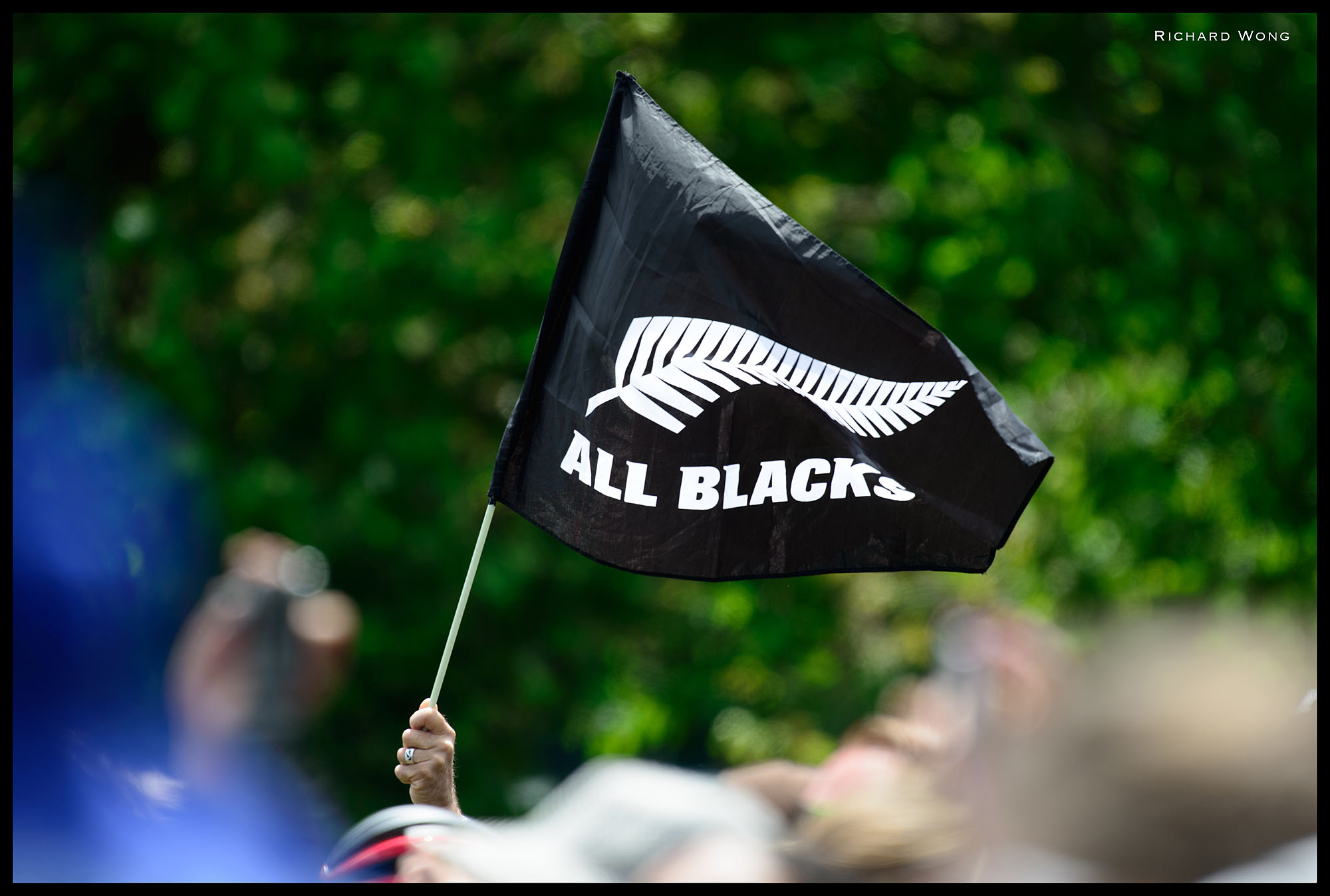 Nikon D800 + Nikon AFS200-500mm f/5.6E VR @ 440mm – ISO 100 f/5.6 1/250s
Nikon D800 + Nikon AFS200-500mm f/5.6E VR @ 440mm – ISO 100 f/5.6 1/250s
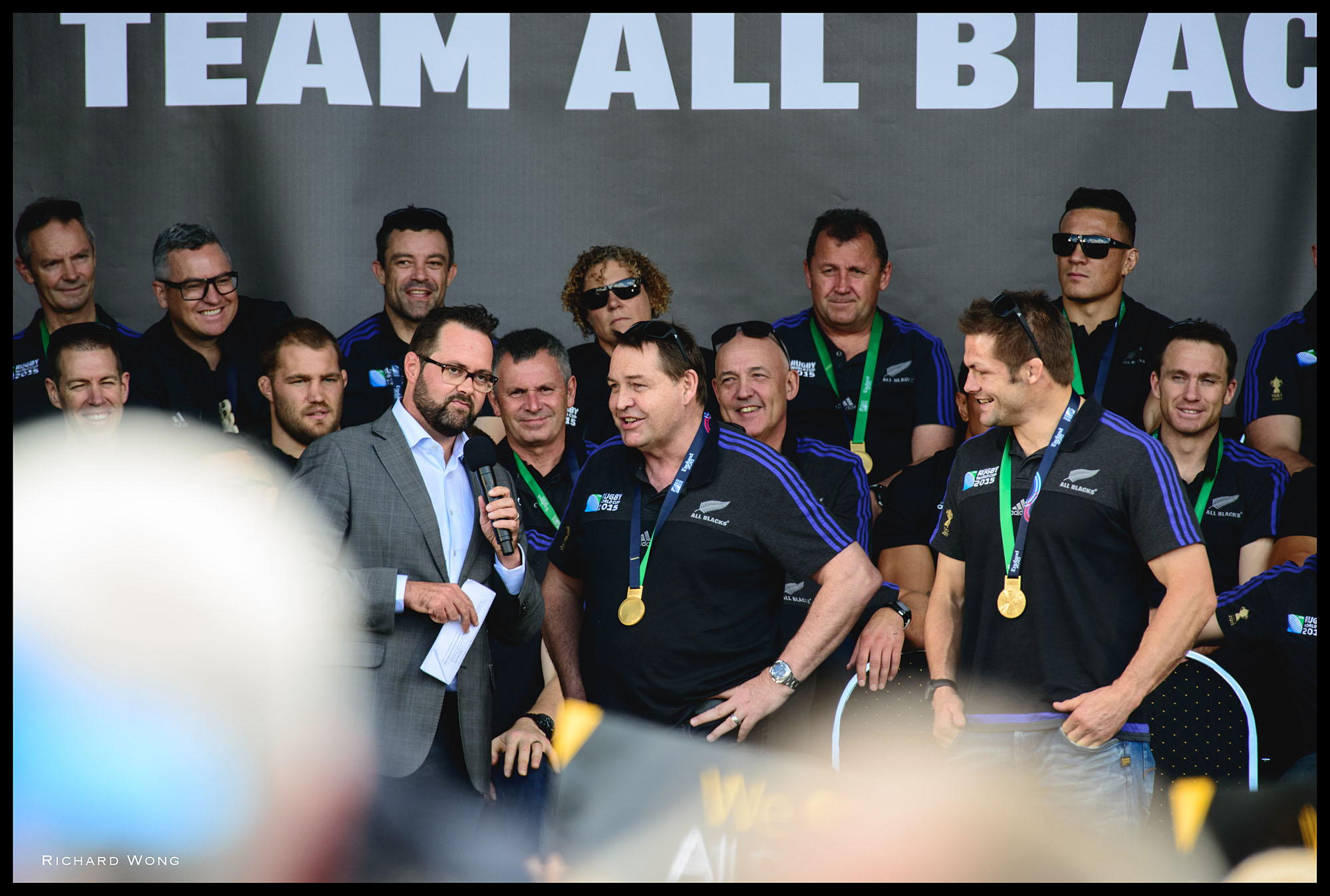 Nikon D800 + Nikon AFS200-500mm f/5.6E VR @ 500mm – ISO 720 f/8.0 1/250s
Nikon D800 + Nikon AFS200-500mm f/5.6E VR @ 500mm – ISO 720 f/8.0 1/250s
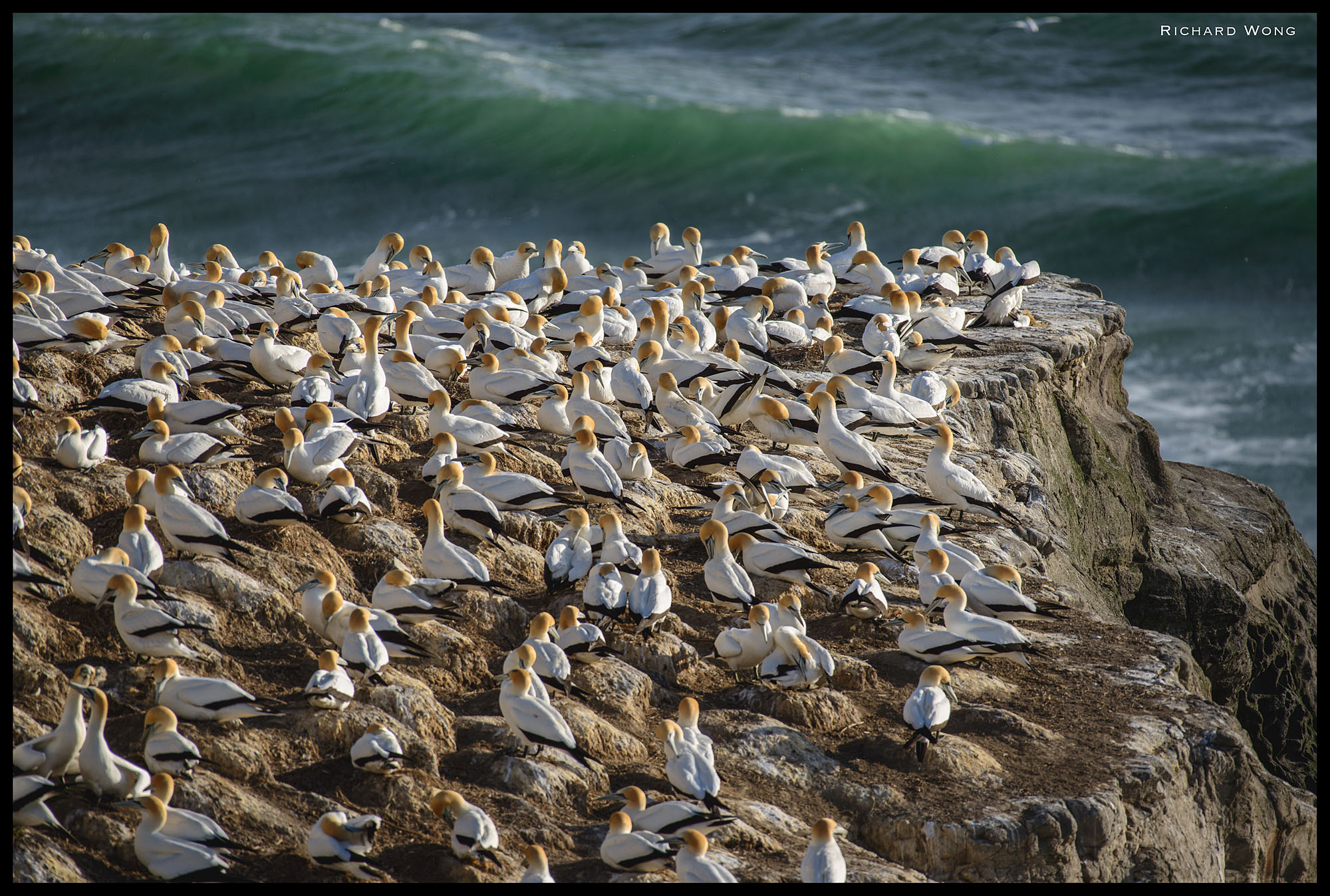 Nikon D800 + Nikon AFS200-500mm f/5.6E VR @ 500mm – ISO 100 f/7.1 1/250s
Nikon D800 + Nikon AFS200-500mm f/5.6E VR @ 500mm – ISO 100 f/7.1 1/250s
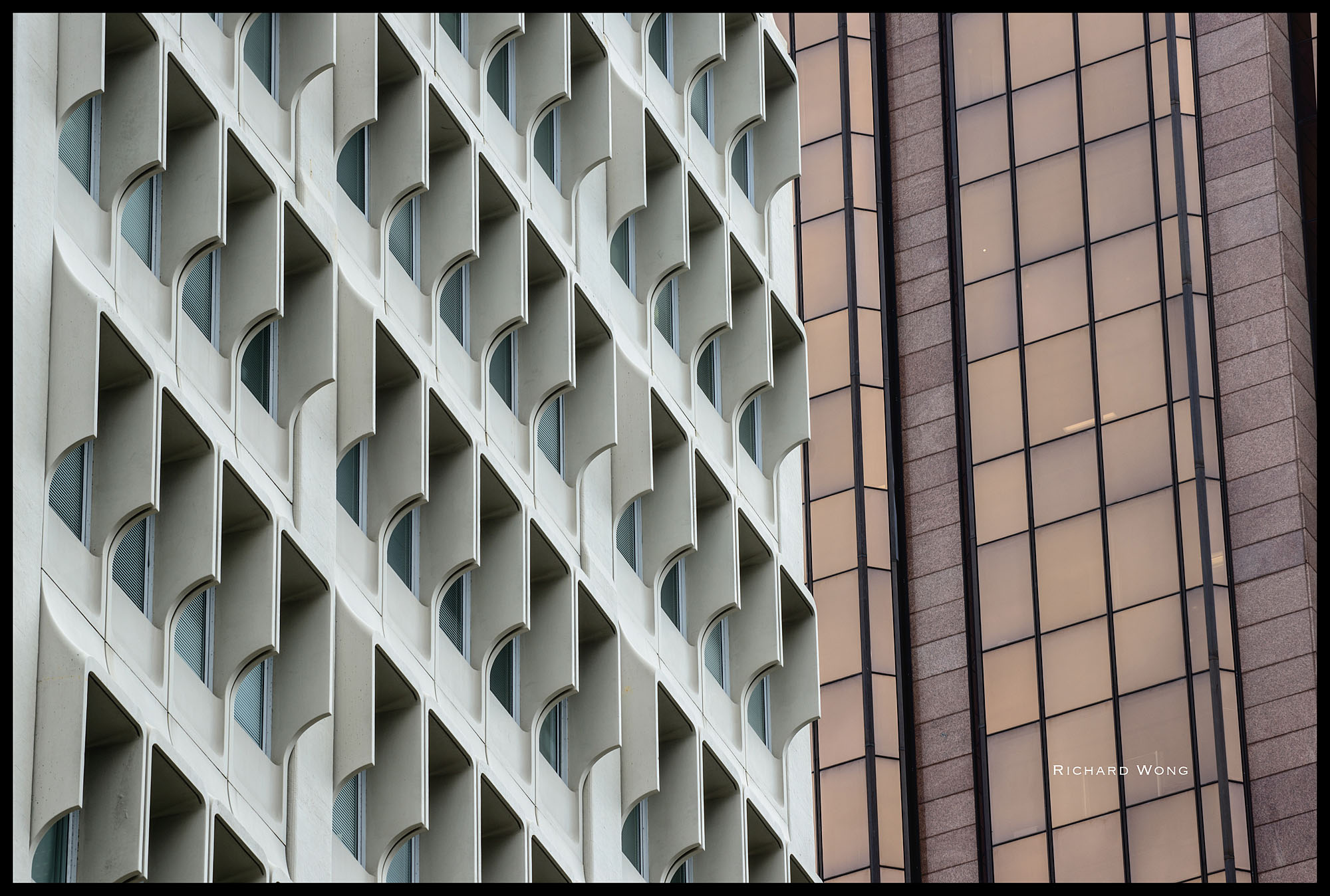 Nikon D800 + Nikon AFS200-500mm f/5.6E VR @ 350mm – ISO 110 f/8.0 1/100s
Nikon D800 + Nikon AFS200-500mm f/5.6E VR @ 350mm – ISO 110 f/8.0 1/100s
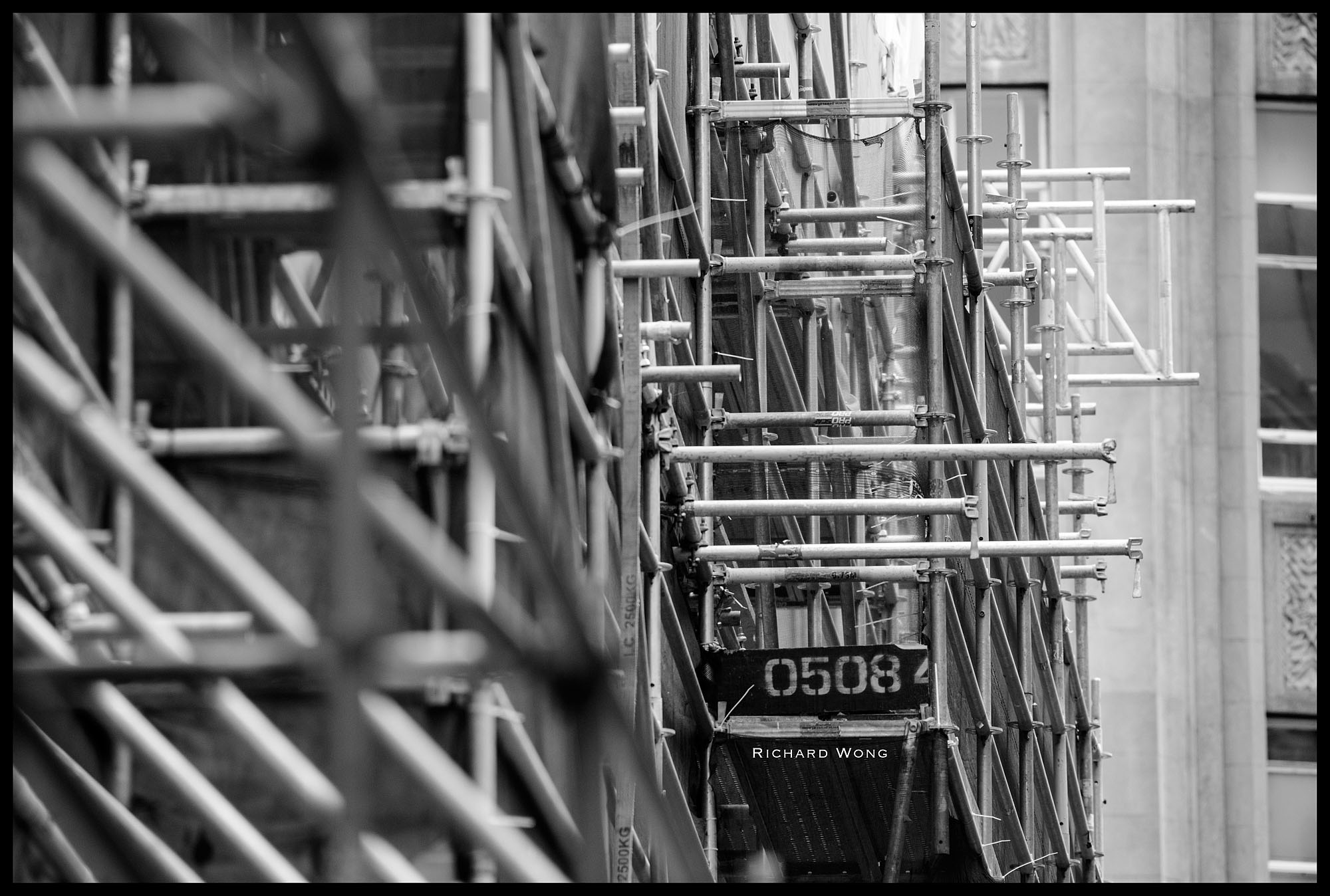 Nikon D800 + Nikon AFS200-500mm f/5.6E VR @ 460mm – ISO 800 f/8.0 1/500s
Nikon D800 + Nikon AFS200-500mm f/5.6E VR @ 460mm – ISO 800 f/8.0 1/500s
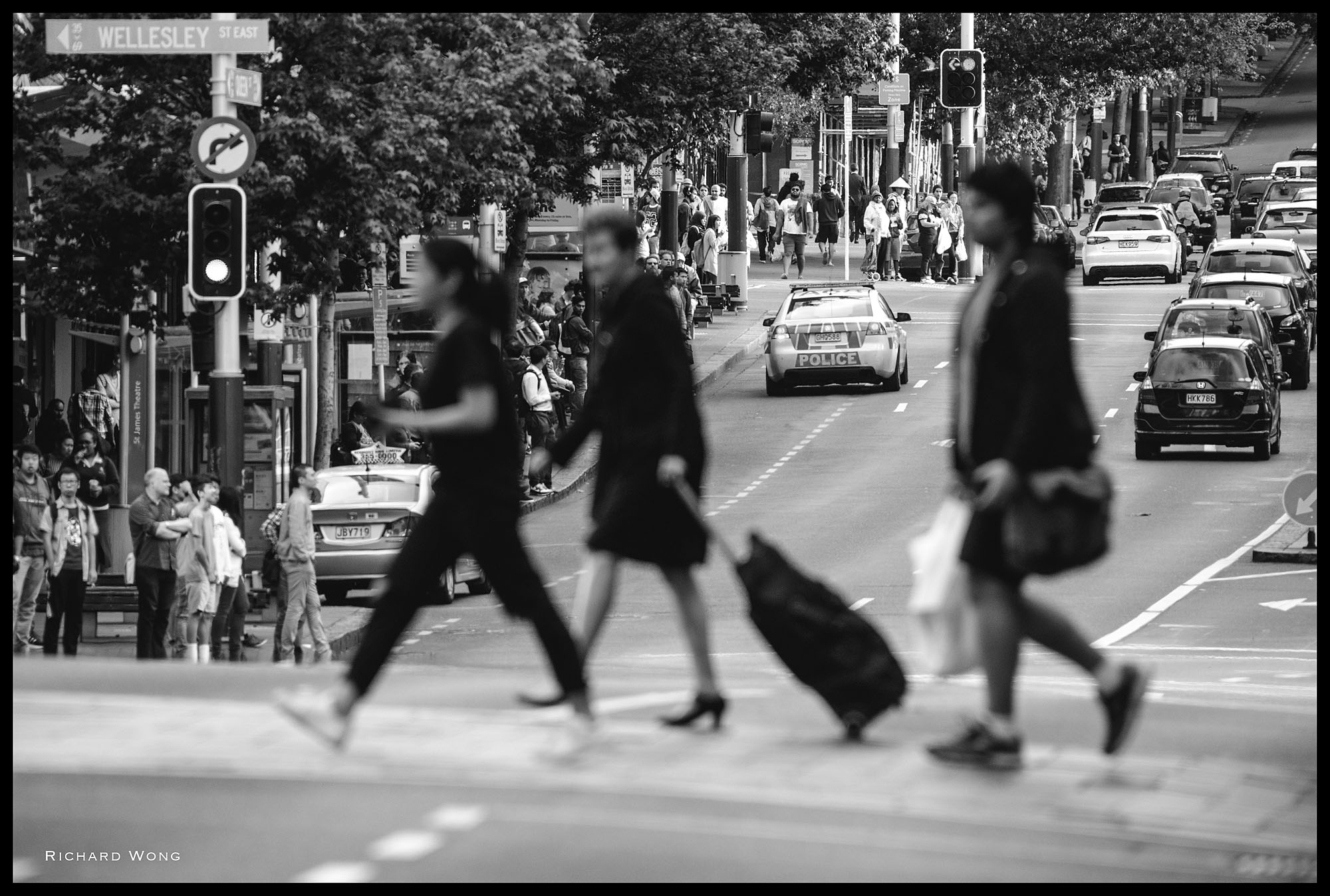 Nikon D800 + Nikon AFS200-500mm f/5.6E VR @ 500mm – ISO 1600 f/8.0 1/500s
Nikon D800 + Nikon AFS200-500mm f/5.6E VR @ 500mm – ISO 1600 f/8.0 1/500s
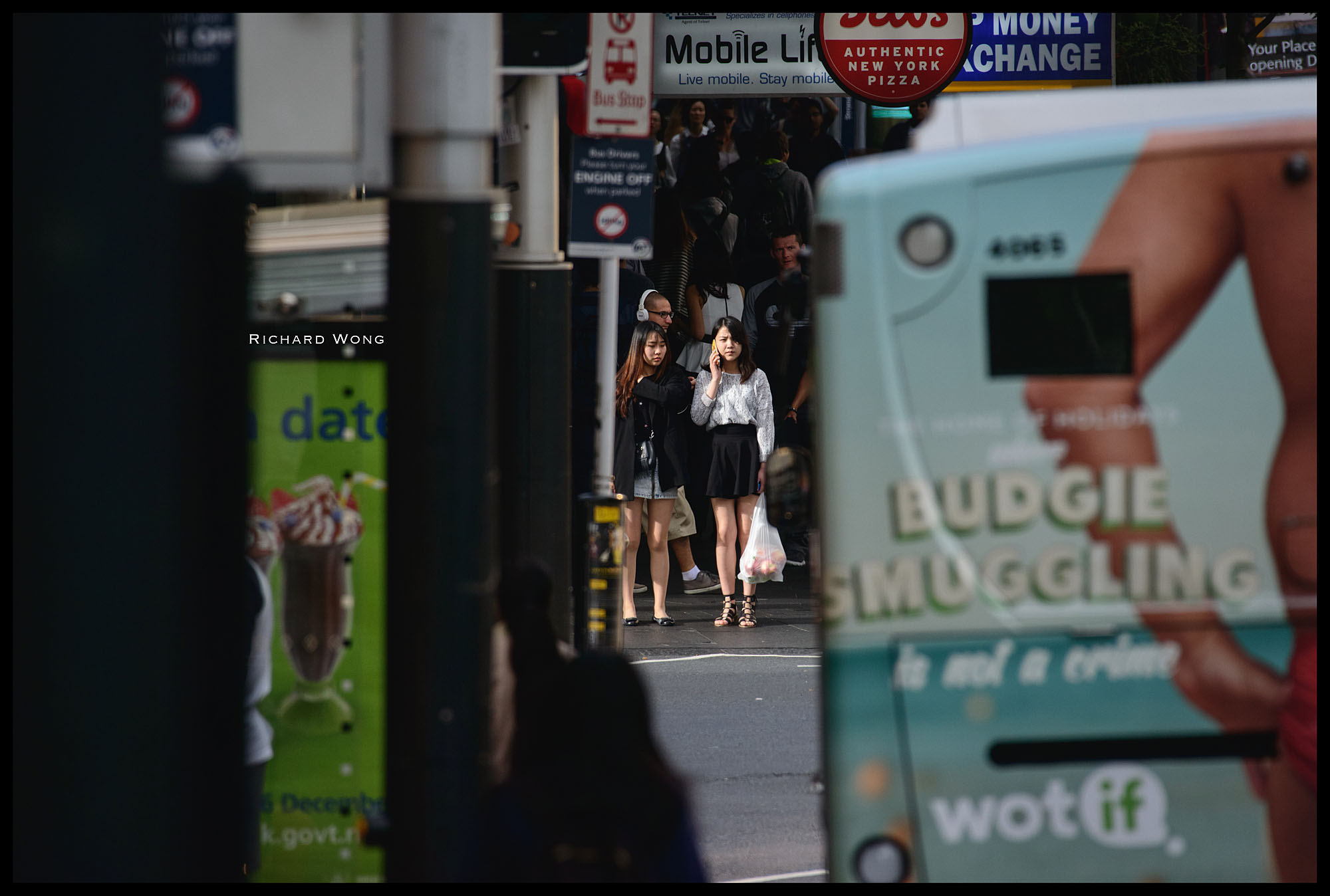 Nikon D800 + Nikon AFS200-500mm f/5.6E VR @ 500mm – ISO 1400 f/8.0 1/500s
Nikon D800 + Nikon AFS200-500mm f/5.6E VR @ 500mm – ISO 1400 f/8.0 1/500s
